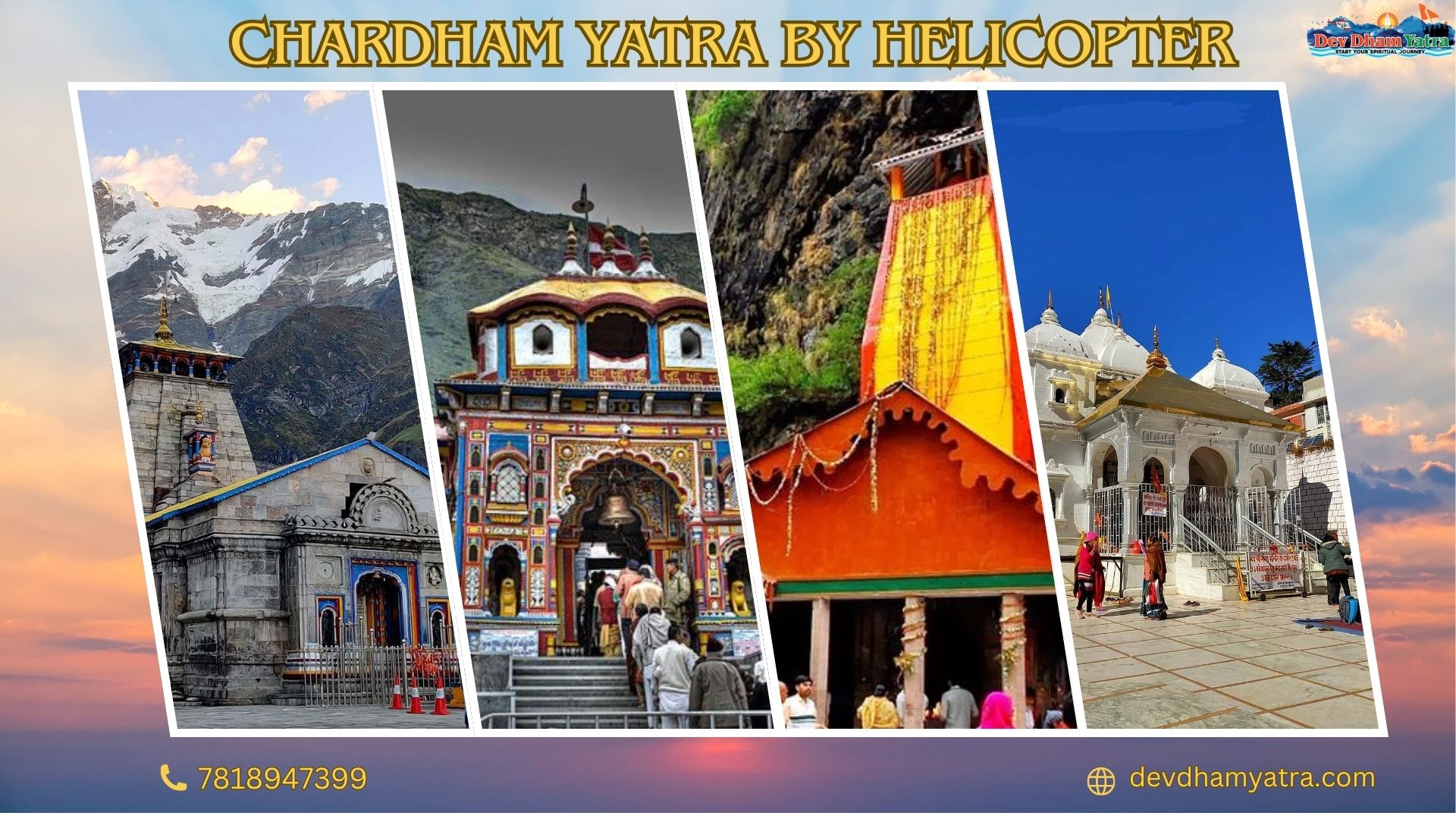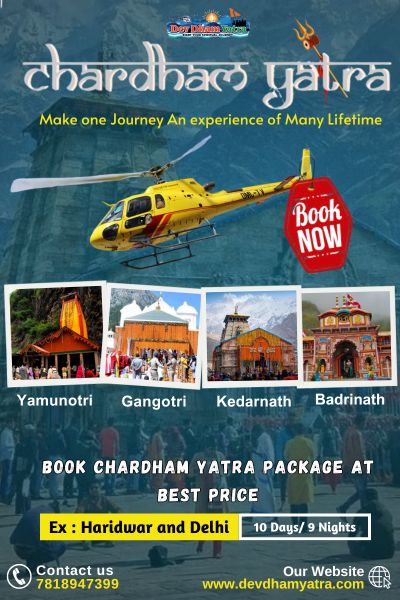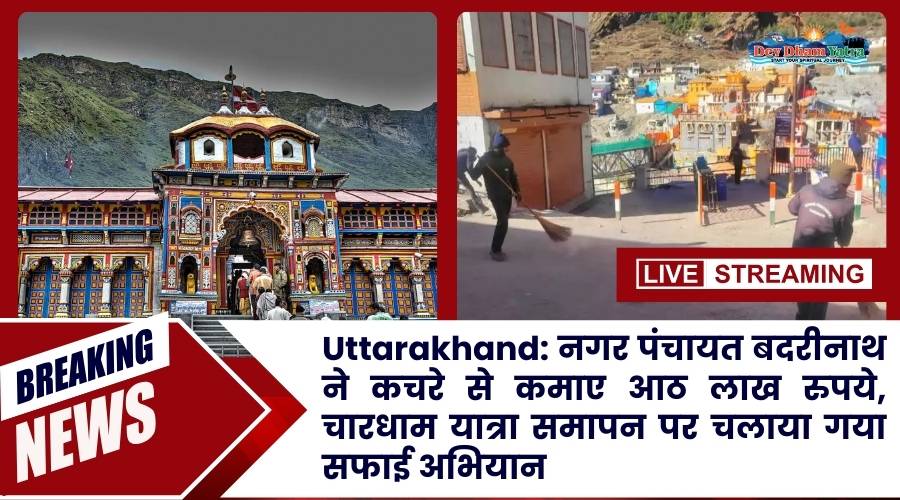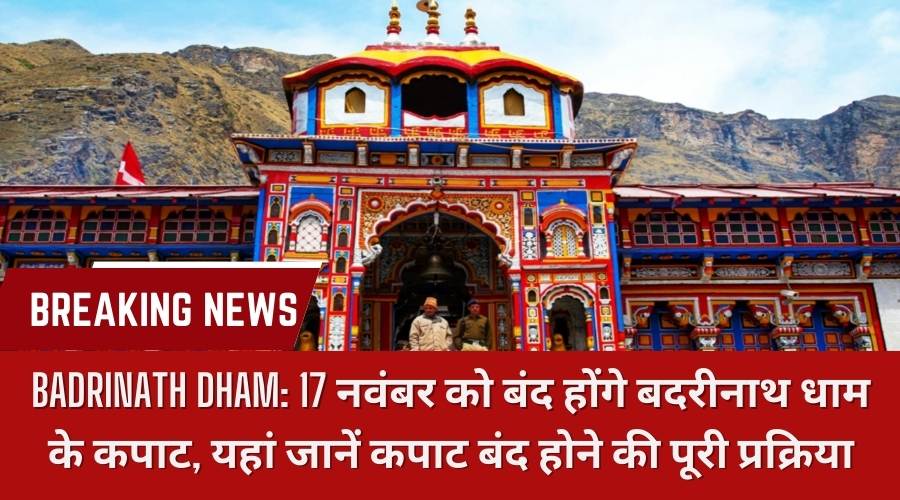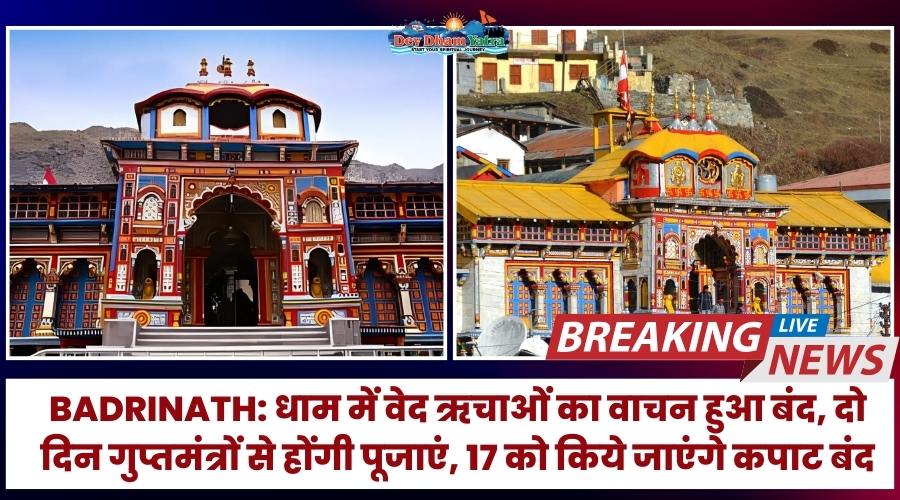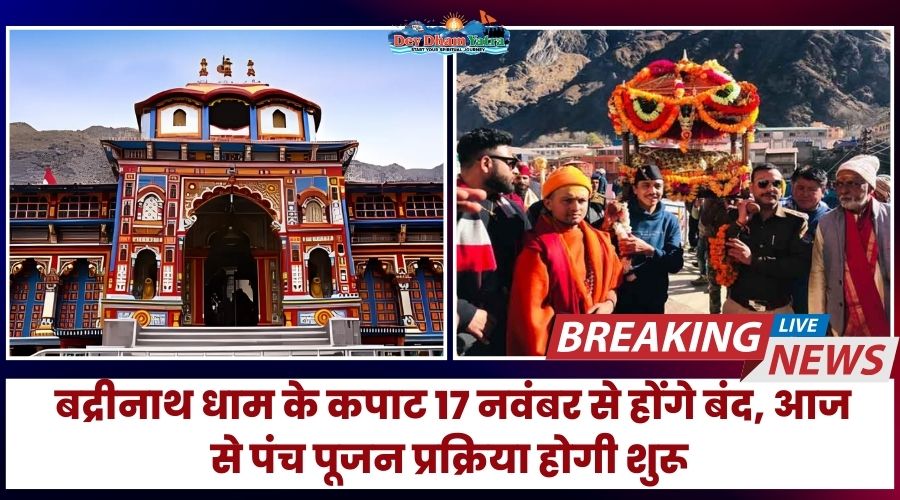Introduction
Boarding on the sacred Chardham Yatra in the Himalayas is an intensely spiritual journey that entices millions of devotees from around the world. Traditionally, this pilgrimage involves difficult treks through rocky terrain to reach the revered sites of Yamunotri, Gangotri, Kedarnath, and Badrinath. However, with progressions in transportation, pilgrims now have the option to experience the Chardham Yatra by helicopter, offering convenience, comfort, and a unique viewpoint of the regal Himalayan landscape.
![100+] Kedarnath 4k Wallpapers | Wallpapers.com](https://wallpapers.com/images/featured/kedarnath-4k-9pd6c84fjldyenjg.jpg)
The Experience
Imagine soaring above the snow-capped peaks of the Himalayas, witnessing breathtaking views of ancient temples, unspoiled rivers, and lush valleys as you journey from one sacred site to another. That’s the experience of pendant pilgrims who opt for the Chardham Yatra by helicopter. This midair trip not only saves time but also provides an opportunity to submerge in the divine air of these holy stations from a bird’s-eye view.
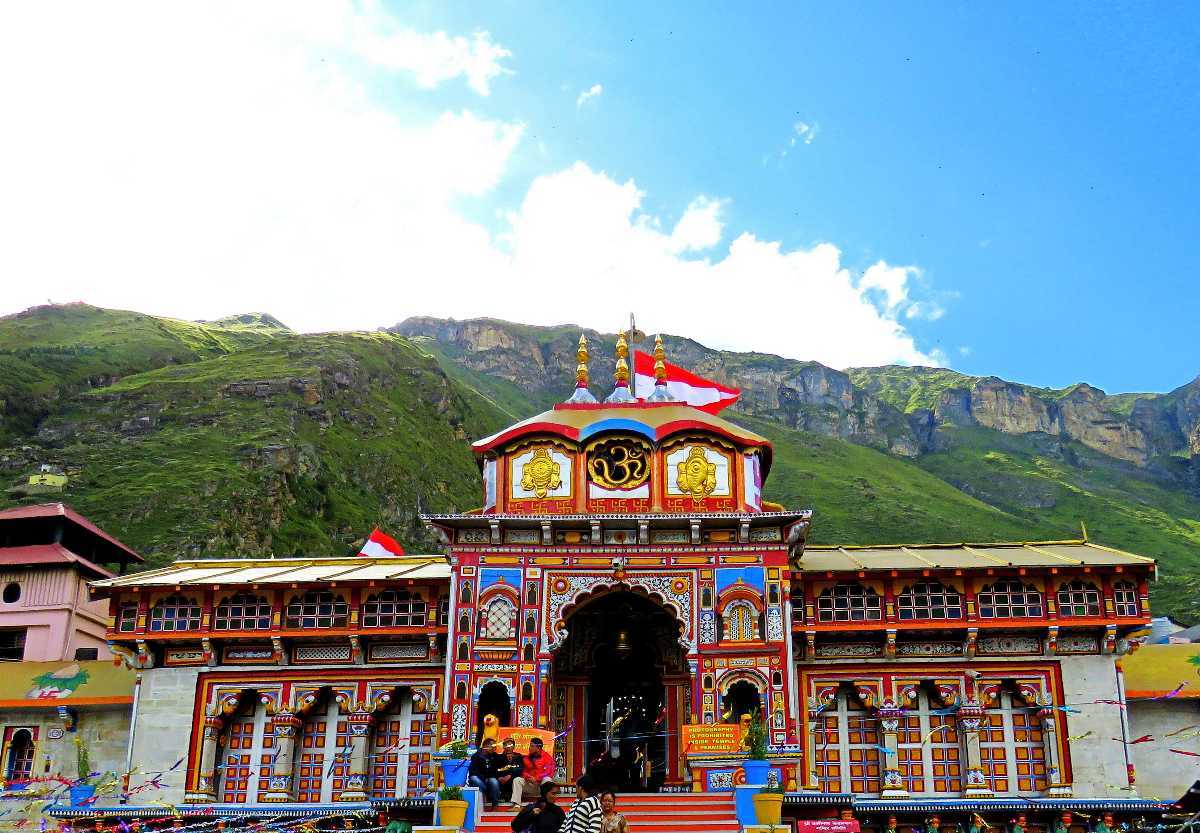
Elevate Your Spiritual Journey: Chardham Yatra by Helicopter
Safety Precautions
Care is supreme when undertaking any journey, especially one connecting helicopter travel through challenging topography and high altitudes. Pilgrims embarking on the Chardham Yatra by helicopter must prioritize safety protections to ensure a smooth and protected experience. Here are some indispensable safety measures to consider:
Choose a Reputable Operator
Select a helicopter ability breadwinner with an established path record of safety and trustworthiness. Research customer reviews, safety records, and certifications to make an knowledgeable choice.
- Monitoring: Weather circumstances in the Himalayan region can be random and potentially dangerous for helicopter travel. Operators should closely screen weather predictions and make knowledgeable decisions concerning flight schedules to ensure passenger safety.
- Experienced Pilots: Safeguard that the helicopter pilots have wide experience flying in mountainous terrain and opposing weather conditions. Experienced pilots with a thorough sympathy of the local geography and flying tests are vital for a harmless journey.
- Regular Maintenance: Helicopters should undergo regular upkeep checks and follow to severe safety protocols to ensure optimal performance and dependability. Inquire about the upkeep practices followed by the operator to ensure the aircraft’s safety.
- Safety Briefings: Before boarding the helicopter, passengers should receive complete safety briefings outlining spare procedures, the proper use of safety equipment, and procedures for in-flight communication. Pay care to these orders and seek clarification if necessary.
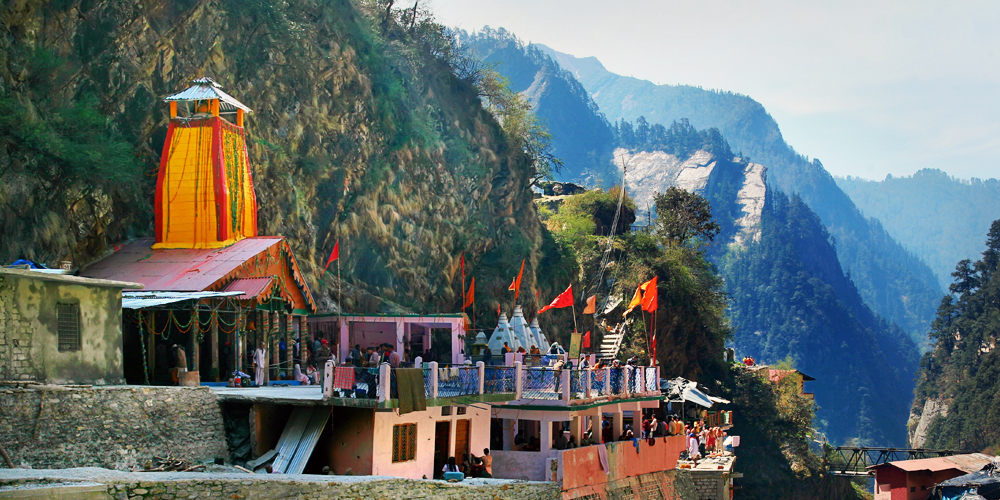
Safety Precautions in High Altitudes
In addition to helicopter safety, pilgrims must also be aware of the risks related to high altitudes, particularly when visiting sites like Kedarnath and Badrinath. Here are some tips to alleviate altitude-related risks:
- Acclimatization: Slowly adjust to the high altitude by expenditure a day or two at intermediate elevations before ascending further. Avoid active activities during the initial days to allow your body to adjust to the abridged oxygen levels.
- Stay Hydrated: Drink sufficient water to stay hydrated and prevent height illness. Avoid alcohol and caffeine, as they can contribute to dehydration.
- Recognize Symptoms: Be watchful for indications of altitude sickness, such as headache, nausea, faintness, and shortness of breath. If you know any of these symptoms, descend to a lower altitude directly and seek medical care if necessary.
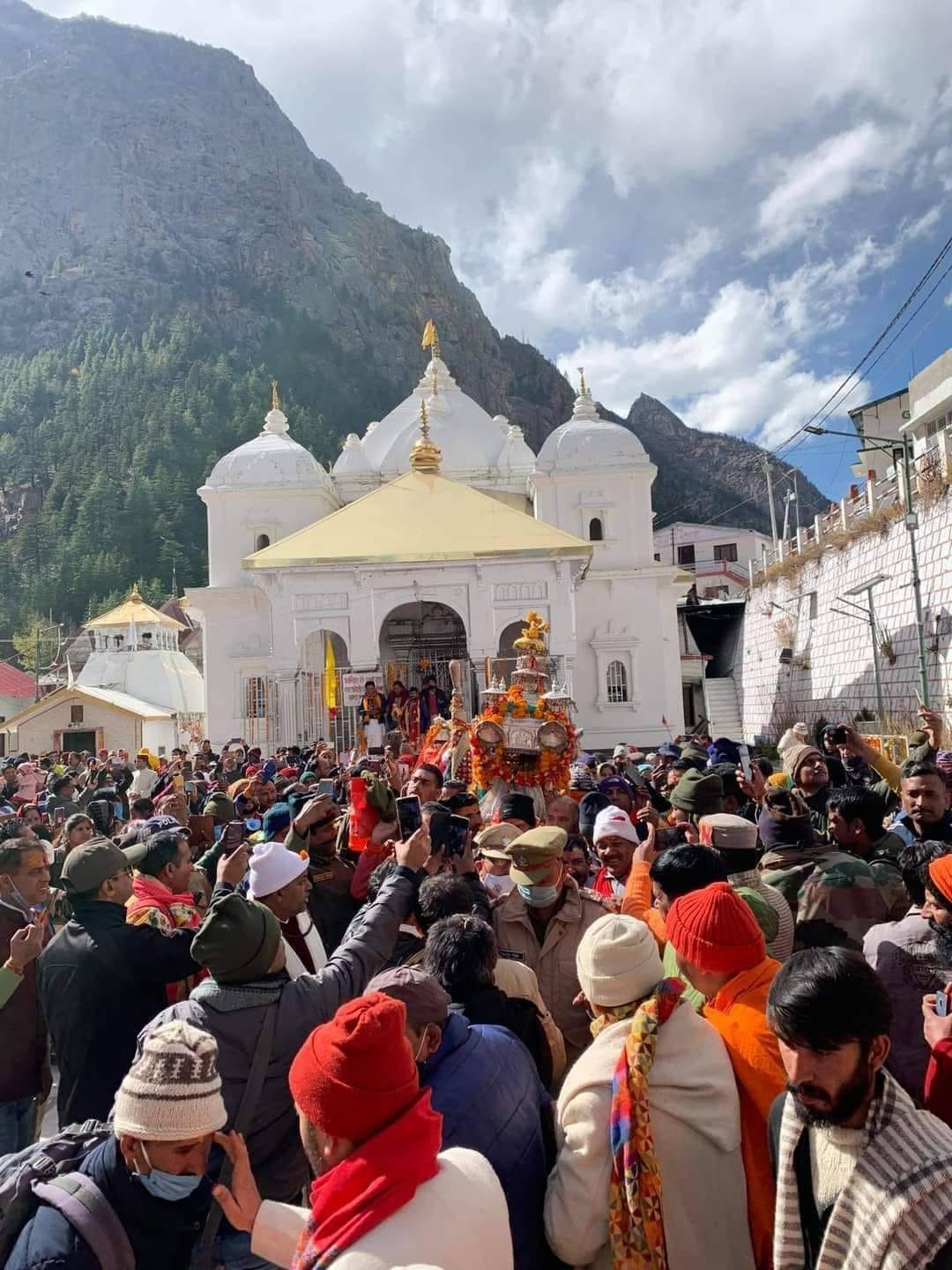
Helicopter Safety Manuals
Helicopter workers typically deliver safety manuals or guidelines detailing emergency events, safety equipment usage, and other important information for passengers. Pilgrims should acquaint themselves with these manuals and follow the instructions provided to ensure a safe and pleasant trip.
Conclusion
Boarding on the Chardham Yatra by helicopter offers pilgrims a unique chance to explore the sacred sites of Yamunotri, Gangotri, Kedarnath, and Badrinath in unparalleled comfort and suitability. By ordering safety precautions, both in helicopter travel and high-altitude circumstances, pilgrims can ensure a smooth and secure trip while submerging themselves in the spiritual spirit of the Himalayas.
FAQs (Frequently Asked Questions):
Q1. What is the Chardham Yatra by helicopter?
Ans.1 The Chardham Yatra by helicopter is a modern and convenient way to embark on the sacred pilgrimage to the four holy sites of Yamunotri, Gangotri, Kedarnath, and Badrinath in the Himalayas. It involves traveling between these sacred destinations via helicopter, offering pilgrims a unique and comfortable experience.
Q2. How long does the Chardham Yatra by helicopter take?
Ans.2 The duration of the Chardham Yatra by helicopter varies depending on the specific package chosen and the operator. Typically, the entire journey can be completed within a span of 4 to 6 days, including travel time between the holy sites.
Q3. Are there any age restrictions for passengers undertaking the Chardham Yatra by helicopter?
Ans.3 While age restrictions may vary depending on the helicopter operator, generally, there are no strict age limits for passengers. However, elderly individuals and those with medical conditions are advised to consult with their healthcare provider before undertaking the journey.
Q4. What safety precautions are in place for the Chardham Yatra by helicopter?
Ans.4 Safety is paramount for helicopter travel, especially in mountainous terrain. Operators adhere to strict safety protocols, including regular maintenance of helicopters, monitoring weather conditions, employing experienced pilots, and providing comprehensive safety briefings to passengers before each flight.
Q5. Is altitude sickness a concern during the Chardham Yatra by helicopter?
Ans.5 Yes, altitude sickness can be a concern, especially when visiting high-altitude destinations like Kedarnath and Badrinath. Pilgrims are advised to acclimatize gradually, stay hydrated, and recognize the symptoms of altitude sickness. Helicopter operators also provide guidance on altitude-related risks and precautions.
Q6. What happens in case of bad weather during the Chardham Yatra by helicopter?
Ans.6 In the event of adverse weather conditions, helicopter operators prioritize passenger safety and may delay or cancel flights as necessary. Passengers are informed about any changes to flight schedules and alternative arrangements are made whenever possible.
Q7. Can special arrangements be made for individuals with physical disabilities or mobility issues?
Ans.7 Helicopter operators strive to accommodate individuals with special needs to the best of their ability. Passengers with physical disabilities or mobility issues are encouraged to inform the operator in advance so that appropriate arrangements can be made to ensure their comfort and safety during the journey.
Q8. What should I pack for the Chardham Yatra by helicopter?
Ans.8 It is recommended to pack essential items such as comfortable clothing, sunscreen, sunglasses, a hat, sturdy footwear, personal medications, and a first-aid kit. Passengers should also carry valid identification and any necessary travel documents.
Q9. How can I book the Chardham Yatra by helicopter?
Ans.9 Helicopter packages for the Chardham Yatra can be booked through authorized travel agencies or directly through helicopter operators. It is advisable to book well in advance, especially during peak pilgrimage seasons, to secure preferred dates and accommodations.
Q10. Is travel insurance recommended for the Chardham Yatra by helicopter?
Ans.10 Yes, it is highly recommended to purchase travel insurance that includes coverage for medical emergencies, trip cancellations, and other unforeseen circumstances. Travel insurance provides added peace of mind and financial protection throughout the journey.

